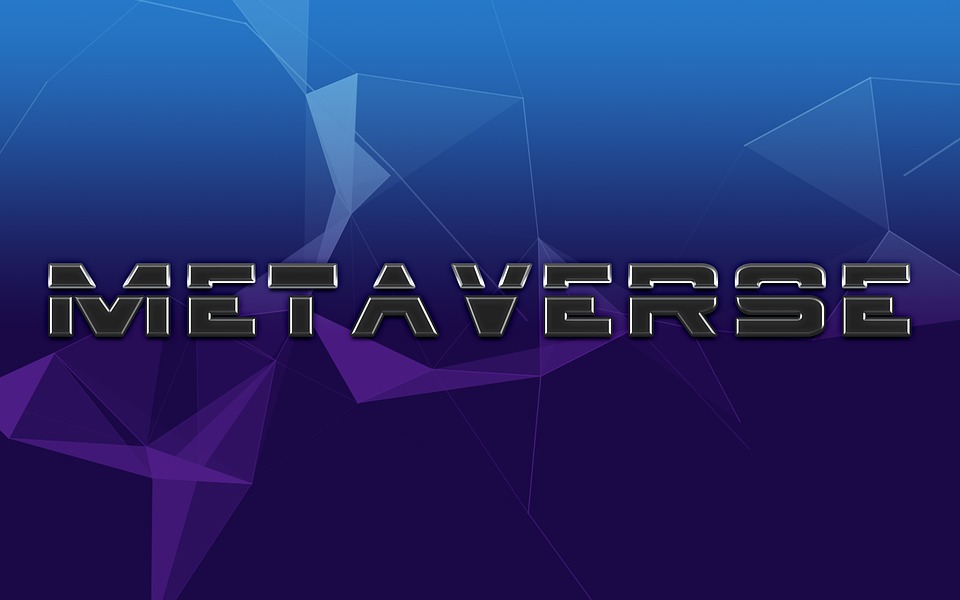Health & Medicine
Corn Starch vs Corn Flour: Unveiling the Culinary Secrets
by Author
-
Monday, December 11, 2023
191 Views
Introduction
Corn starch and corn flour are often used interchangeably in the kitchen, leading to confusion among cooks and bakers. In this article, we’ll unravel the mysteries surrounding these two pantry staples and explore their unique characteristics, culinary uses, and nutritional aspects.
Composition and Processing
Let’s dive into the fundamental differences in composition and processing methods. Corn starch, derived from the endosperm of corn kernels, undergoes a meticulous extraction process. On the other hand, corn flour is crafted by grinding the entire corn kernel, offering a distinctive texture and flavor.
Differences in Appearance
Visually, these two ingredients stand apart. Corn starch tends to be a fine, white powder, while corn flour boasts a slightly coarser texture and a pale yellow color. Understanding these distinctions can significantly impact the outcome of your culinary creations.
Culinary Uses
Both corn starch and corn flour play pivotal roles in the kitchen, but their applications differ. Corn starch is renowned for its thickening properties in sauces and gravies, while corn flour adds a delightful texture to baked goods and acts as a gluten-free alternative in various recipes.
Thickening Properties
Let’s delve deeper into the science of thickening. Corn starch excels at creating smooth, clear textures in liquids, making it an ideal choice for sauces. Meanwhile, corn flour lends a heartier thickness to dishes, perfect for enhancing the consistency of soups and stews.
Nutritional Content
While neither corn starch nor corn flour is a nutritional powerhouse, it’s crucial to understand their respective values. Corn starch primarily serves as a source of carbohydrates, while corn flour offers a modest amount of protein and other essential nutrients.
Gluten-Free Nature
One significant advantage of both corn starch and corn flour is their gluten-free nature. For individuals with gluten sensitivity or celiac disease, these alternatives provide a safe haven for culinary exploration without compromising taste or texture.
Storage and Shelf Life
Proper storage ensures the longevity of these pantry staples. Corn starch should be kept in a cool, dry place, while corn flour benefits from airtight containers to maintain freshness. Mastering the art of storage prolongs their shelf life and preserves their efficacy.
Popular Recipes Using Each
Let’s embark on a culinary journey with exemplary recipes. Corn starch takes center stage in velvety puddings and glossy stir-fry sauces. Meanwhile, corn flour stars in crispy fried coatings, tender flatbreads, and decadent desserts.
See more article.petroleum jelly
Global Variations
Culinary traditions worldwide embrace these ingredients differently. From Asian cuisine’s affinity for corn starch in delicate dumplings to Latin American recipes showcasing the versatility of corn flour in tortillas, the global variations are a testament to the adaptability of these staples.
Health Considerations
Are there any health concerns associated with consuming corn starch or corn flour? Understanding the nutritional content and potential benefits or drawbacks is essential for making informed dietary choices. While moderation is key, these ingredients can be part of a balanced diet.
Cooking Tips and Tricks
Maximize the potential of corn starch and corn flour with these expert tips. Use corn starch as a thickening agent by creating a slurry before adding it to your dish. For corn flour, experiment with different ratios in baking to achieve the desired texture in your favorite recipes.
Environmental Impact
Considering the broader context, it’s essential to explore the environmental impact of our culinary choices. Are there sustainable practices in corn starch and corn flour production? Are there eco-friendly alternatives worth considering? These questions guide us toward responsible consumption.
FAQs
- Can I substitute corn starch for corn flour in recipes?
- While they have distinct properties, some substitutions are possible. However, be mindful of the desired outcome.
- Are there any health risks associated with consuming corn starch or corn flour?
- It is generally safe in moderation, but consult with a healthcare professional if you have specific dietary concerns.
- Can corn starch and corn flour be used interchangeably in gluten-free recipes?
- Yes, but be aware of the different textures each imparts to the final dish.
- What are some common misconceptions about these ingredients?
- One misconception is that they are identical, but as we’ve explored, they have unique characteristics.
- How can I tell if a recipe requires corn starch or corn flour?
- Check the desired consistency and texture in the recipe; this often indicates which ingredient to use.
Conclusion
In the realm of culinary adventures, understanding the nuances between corn starch and corn flour elevates your kitchen prowess. Whether thickening a luscious sauce or perfecting a gluten-free dessert, these ingredients offer a world of possibilities. Embrace the diversity, experiment with confidence, and let your culinary creations shine.
Read more articles by clicking here.Best Little Roadhouse Menu






